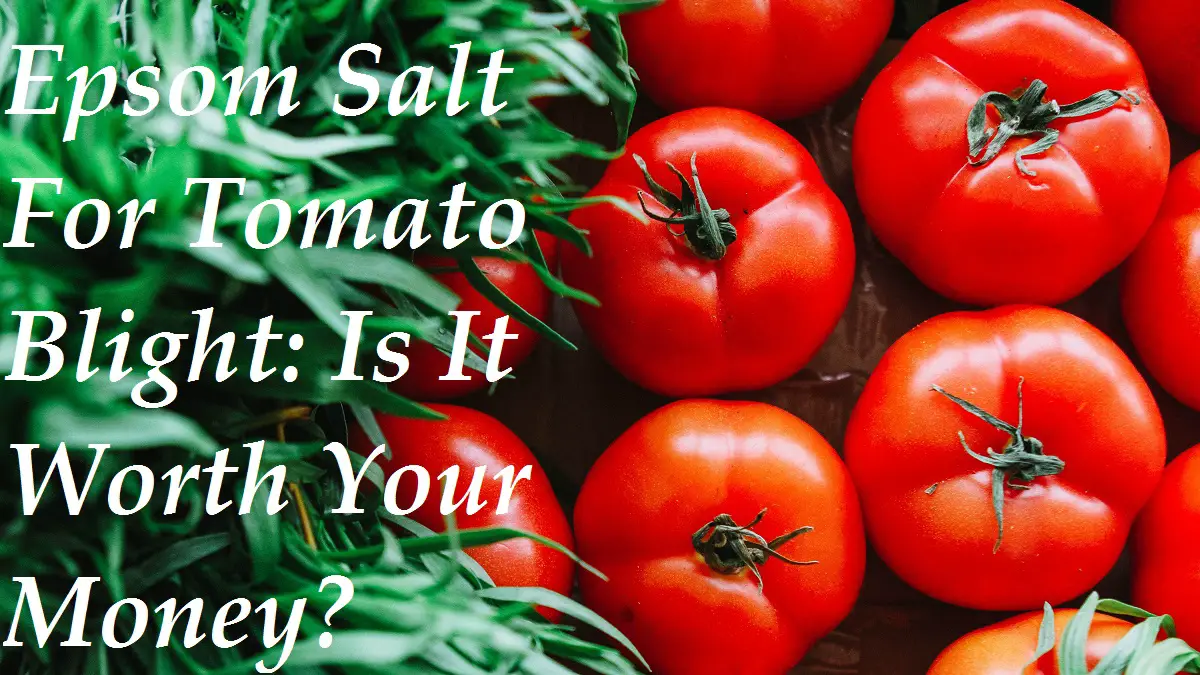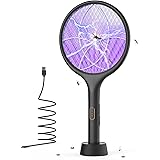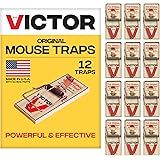Every gardener dreams of big, plump, juicy tomatoes filling their buckets when harvesting. But sometimes, that dream dashes when you notice tomato blight attacking the leaves and fruits, causing discoloration and rot. Is Epsom salt for tomato blight helpful or another old wives’ tale?
Many gardening experts recommend using Epsom salt to help fight blight and other problems. Dissolve one tablespoon of Epsom salt in 1 gallon of water and apply it at the base of each tomato plant. Epsom salt helps alleviate blight symptoms and restore tomato vigor, health, and flavor.
Aside from fighting tomato blight, Epsom salt helps plants that require magnesium boost in the soil.
In this article, learn the benefits of Epsom salt for tomatoes. Read to the end.
Why Use Epsom Salt for Tomato Blight?
Epsom salt is an excellent natural fertilizer with high solubility and is easy to use on tomato foliage. It comprises magnesium and sulfur, thus also known as magnesium sulfate.
Tomato blight comes from fungal spores from infected plants in the soil. With good mineral content in the soil, your tomato plants easily fight blight infection. When your tomatoes have mineral deficiencies, the leaves start yellowing or browning, and fruits rot.
Because Epsom has Magnesium and Sulfur, tomato plants benefit significantly. Most importantly, Epsom salt helps in photosynthesis, protein production, and building a healthy cell wall structure.
However, you don’t need to use Epsom salt if you’re sure your soil is healthy because excess can be a problem. Usually, you’ll know if your tomato plant needs Epsom salt if it starts showing symptoms like discoloration, weakness, and rotting.
Generally, the size, growth, and nature of your soil tell you how much and how regularly you need to use Epsom salt on tomato plants, not to mention the most effective application method.
What Is The Best Treatment For Tomato Blight?
The best treatment for tomato blight is by preventing it in the first place. Better still, get rid of the infected leaves immediately to avoid spreading to other healthy plants.
Though it spreads as quickly as wildfire and becomes resistant, you can treat tomato blight when you catch it early enough. But first, what are the types of blight?
Early tomato blight comes from the fungus Alternaria solani. This fungus causes thrives in wet and warm conditions, showing symptoms like fruit rot, stem plague, leaf blight, and crown rot.
Conversely, late blight is a product of Phytophthora infestans. This fungal-like pathogen thrives in cold and wet conditions with symptoms like brown-black discoloration and water-soaked leaves with fuzzy spores. You’ll also notice sunken fruits with brown spots.
Here are the most effective treatment options:
Using a fungicide to treat tomato blight also makes it disappear. But, it would be best to treat it immediately and on schedule.
Organic fungicides: These are readily available in gardening stores. You should apply it on the leaves thoroughly until it drips weekly and after it rains.
Chemical fungicides: Other gardeners prefer chemical fungicides to treat any tomato blight. Preferably, spray chemical fungicides once you spot signs of tomato blight. Schedule weekly applications until the symptoms disappear.
Another treatment or preventive measure for tomato blight is mulching. Mulching helps retain nutrients in the soil. This way, your tomato plant is healthy from the roots to the entire plant and not susceptible to this fungal attack.
Preventive measures for tomato blight include:
- Crop rotation improves the soil’s health and nutrients to boost fertility. Though blight is active for a year, the fungal spores can remain in the soil for years.
- Planting disease-resistant crops to help your tomatoes fight the blight.
- Ensuring your tomatoes are in a raised bed for proper drainage stops the spreading of the disease.
- Planting your tomatoes with a 24-inch space to provide adequate airing for the leaves to dry.
- Watering directly on the soil and stems, not the foliage. Preferably avoid overhead watering.
- Support tomato plants to ensure better circulation.
What Is A Natural Remedy For Tomato Blight?
Ideal natural remedies for tomato blight include baking soda, compost tea, copper fungicide, and culture controls. It would be best to spray these remedies lightly and directly on the leaves to avoid causing damage to the plant.
Let’s take an in-depth look at each remedy;
Baking Soda
You can use baking soda to treat tomato blight effectively. You can be sure that baking soda won’t harm your tomatoes because it’s mild and gentle. However, you can make a more concentrated solution if necessary. Fortunately, it’s organic, inexpensive, and readily available in many stores.
Here’s how to make a fungicide using baking soda;
You should mix two tablespoons of baking soda, three drops of liquid soap, and three tablespoons of cooking oil in a gallon of water. Mix everything thoroughly to ensure the baking soda dissolves completely.
Apply baking soda fungicide when it’s cool, and your tomato is under shade or away from direct sun. This way, the plant has an easy time absorbing the fungicide as required.
Remember that excessive application of baking soda fungicide is likely to harm your tomato plants. It would be best to use sparingly and only apply more if necessary.
Copper Fungicide
Like baking soda, copper fungicide is another natural remedy for eliminating blight in tomato plants. However, it costs more and can harm the plants when you apply a lot. Use copper fungicide as a preventive measure against new infections, but it’s ineffective in treating current fungal infections.
Preferably, apply copper fungicide immediately after the fungus starts to show for the best results in killing it. Ensure to use sparingly and only when needed to avoid harming your tomatoes. Better still, don’t apply copper fungicide on hot days or use it with other chemicals, as you could permanently harm your plants.
Aside from harming your plants, large quantities of copper also negatively affect the soil.
Mix 3 tablespoons of copper fungicide with 1 gallon of water. But, this concentration varies depending on the particular rate of infection. Most importantly, read and understand the label on instructions of use before application.
Compost Tea
You can eliminate both early and late tomato blight using compost tea. Making compost tea involves mixing about one part of well-cured, four-month-old compost with a maximum of 8 parts of water.
Cover the container with the mixture to allow it to brew at 60 and 70 degrees for five days at most. Ensure you stir the teal daily to ensure uniform brewing.
Pour the compost tea through a sieve when it’s ready on the fifth day. You can strain the tea to make an effective foliar spray.
It helps not to spray compost tea directly on the fruit if you are three weeks away from harvesting.
Cultural Controls
Apart from the natural and chemical remedies against tomato blight, you can also try using cultural controls. Avoid going to the garden during wet seasons because spores spread quickly in such conditions. You could spread the fungus causing blight.
Another approach would be eradicating the infected plants from the garden to avoid the spread of the fungus spores.
Additionally, plant your tomato plants with good spacing to allow adequate aeration to maintain dry foliage. It would be best to water the plants in the morning to give the foliage enough time to dry before it’s nighttime.
Finally, eliminate destructive insects to reduce plant injury and spreads the fungus spores from infected to healthy plants when they are feeding.
How Much Epsom Salt Do You Put In Tomatoes?
The amount of Epsom salt you should use depends on the application schedule. Also, the application method plays a significant role in determining the amount used.
Some people also ask, can you sprinkle Epsom salt around plants?
Check out how to apply Epsom salt to your tomatoes below.
Planting season: Use one tablespoon of Epsom salt and add it to each planting hole. Work it in the soil to mix before you plant the seedlings.
Early to midseason:
- Mix Epsom salt in water using a tank sprayer.
- Use two tablespoons of Epsom salt in a gallon of water to apply monthly.
- If you want to apply several times a month, dissolve one tablespoon in one water gallon.
Applying Epsom salt in this season boosts healthy plant growth and inhibits blossom end rot.
Late in the season: Make an Epsom salt foliar spray to encourage maximum fruit production and maintain healthy green leaves and stems. Add one tablespoon of Epsom salt to make the foliar spray in a gallon of water.
Add one tablespoon of Epsom salt as a side dressing at the base of each tomato plant. Work the salt into the soil up to 1 foot of plant height after six weeks. Applying dry Epsom salt is slow-releasing but has the same impact as a foliar spray.
Parting Shot
Epsom salt for tomato blight helps in boosting soil nutrients. Usually, the yellowing of the leaves signifies a deficiency of soil nutrients, and Epsom salt adds magnesium and sulfur to the soil.
Though Epsom salt doesn’t directly eliminate tomato blight, it helps ensure the soil stays healthy with adequate nutrients.
Knowing the blight attacking your tomato plants helps you find an adequate remedy. Nonetheless, you can opt for natural or chemical methods of killing the blight. Above all, preventing blight is the best treatment method.





